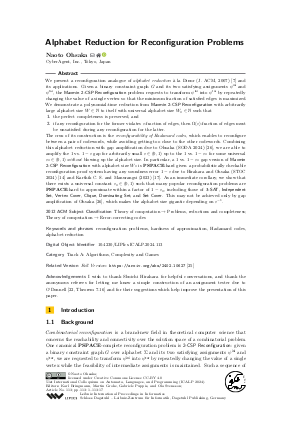LIPIcs.ICALP.2024.113.pdf
- Filesize: 1.07 MB
- 17 pages

 Creative Commons Attribution 4.0 International license
Creative Commons Attribution 4.0 International license





























Feedback for Dagstuhl Publishing